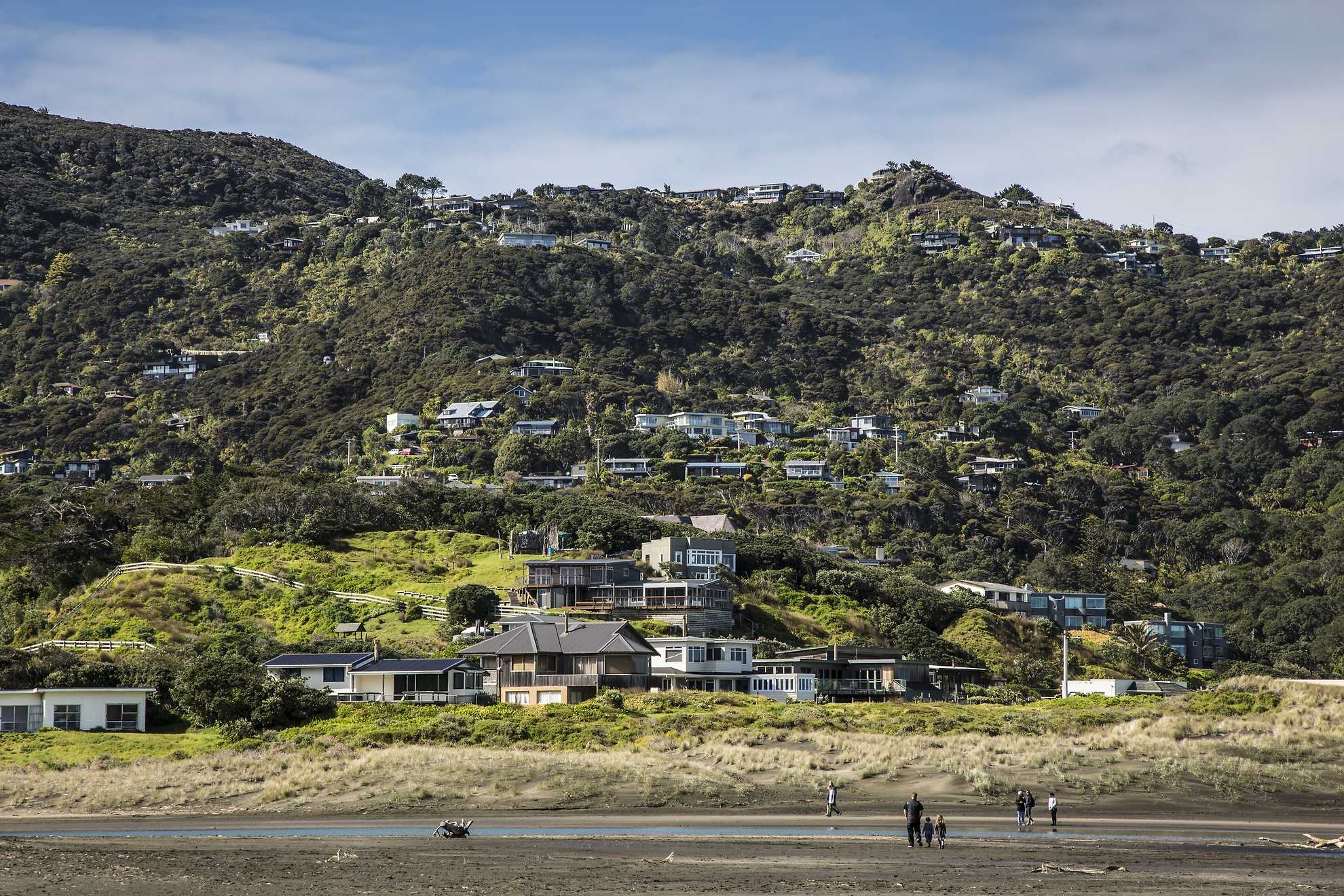Waitakere Ranges Heritage Area Act
The Waitakere Ranges Heritage Area Act 2008 (“WRHAA”) provides high level direction to guide the Auckland Council in its policy, planning and decision making roles regarding the Waitakere Ranges Heritage Area (the Heritage Area).
The Heritage Area was created under the WRHAA and includes 27,720 hectares of land including the Waitakere Ranges, Scenic Drive, parts of the foothills (Oratia, Opanuku and Swanson), and coastal villages such as Piha, Karekare and Huia. The Waitakere Ranges Regional Park makes up approximately 17,000 hectares of the area.

The purpose of the Act and objectives
The purpose of the WRHAA is to recognise the national, regional, and local significance of the Heritage Area, and to promote the protection and enhancement of its heritage features for present and future generations (section 3). The purpose of the WRHAA is central to the Act's implementation through the RMA.
Section 7 of the WRHAA outlines the numerous heritage features referred to in the purpose. For example, these features include the terrestrial and aquatic ecosystems of prominent indigenous character, and the different classes of natural landforms and landscapes.
There are also a number of objectives in the WRHAA (section 8) that seek to establish and maintain the Heritage Area. For example the objectives include protecting, restoring and enhancing the heritage features and the Heritage Area, and ensuring the impacts on the area as a whole are considered when decisions are made affecting any part of it. The objectives are integral to the application of the WRHAA through the RMA as the objectives are to be taken into account in plan development and some applications for resource consent relating to the Heritage Area.
The relationship between the WRHAA and the RMA
Section 9 of the WRHAA states that if a conflict arises between the WRHAA and the RMA the RMA will prevail. The only exceptions relate to section 13(1)(a)(ii) and section 15(2)(b) of the WRHAA, which are additional matters that are to be taken into account in decisions regarding resource consents, and designations and heritage orders.
Planning documents and the WRHAA
Section 10 requires Auckland Council to give effect to the purpose of the WRHAA and the objectives when it prepares or reviews a Regional Policy Statement or Regional Plan that affects the Heritage Area. Also, when evaluating a proposed policy statement, or proposed plan change or variation that affects the Heritage Area, the Council must examine whether the statement, plan change, or variation is the most appropriate way to achieve the objectives (having regard to the purpose of the Act). There are similar requirements under section 11 of the WRHAA when changes are being promulgated for District Plans. In addition, private plan change applications must explain how the application is consistent with the purpose of the WRHAA and the objectives; failure to do so may result in the application being rejected either wholly or in part (section 12).
Resource consents
Sections 13 states that in relation to discretionary and non-complying resource consent applications in the Heritage Area, a consent authority must have particular regard to the purpose of the WRHAA and any relevant objectives, as well as any relevant provisions of any National Policy Statement or New Zealand Coastal Policy Statement.
In relation to applications for controlled or restricted discretionary activities, consent authorities must consider the purpose of the WRHAA and any relevant objectives as if they were matters specified in the plan or proposed plan over which the local authority has reserved its control or has restricted the exercise of its discretion.
Local Area Plans
The WHRAA provides for Auckland Council to prepare Local Area Plans (LAP), in consultation with local communities to establish goals for the future amenity, character and environment of the local area. LAPs do not constitute decisions that the local authority will act on any specific matter in the LAP, but if Auckland Council acts in a significantly inconsistent way, it must when making the decision, clearly identify the inconsistency, the reasons for inconsistency, and any intention it has to amend the LAP to accommodate the decision. Auckland Council may include any part of a LAP that relates to managing the use, development, or protection of natural and physical resources in its District Plan, but it must do so via the Schedule 1 process of the RMA.
Conclusion
The WRHAA is a locally focused statute that does not seek to impose a new regulatory regime for the Heritage Area; rather the WRHAA seeks to utilize the RMA to introduce extra considerations that are locally focused to produce planning documents that better reflect the purpose of the WRHAA.
Last updated at 5:06PM on February 4, 2025